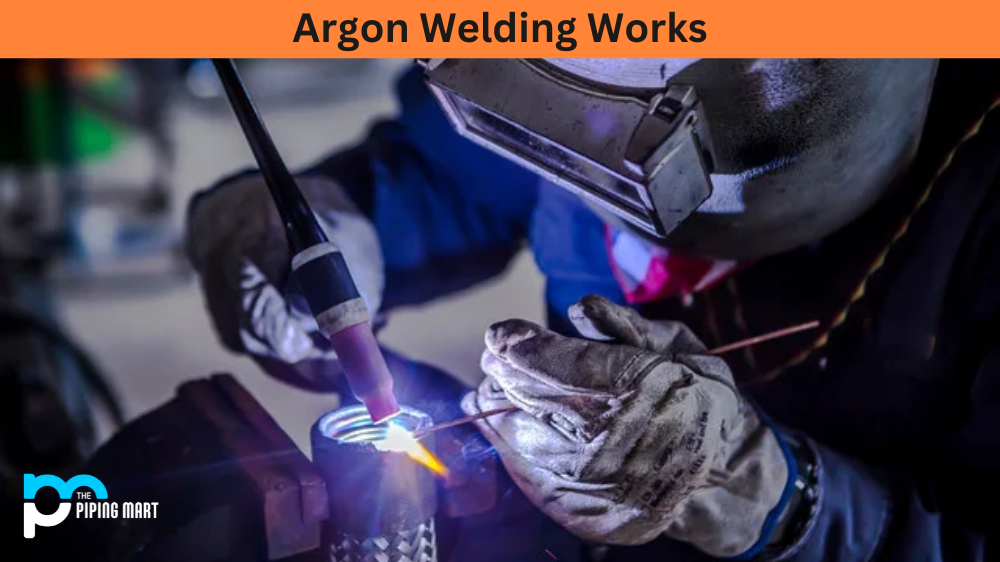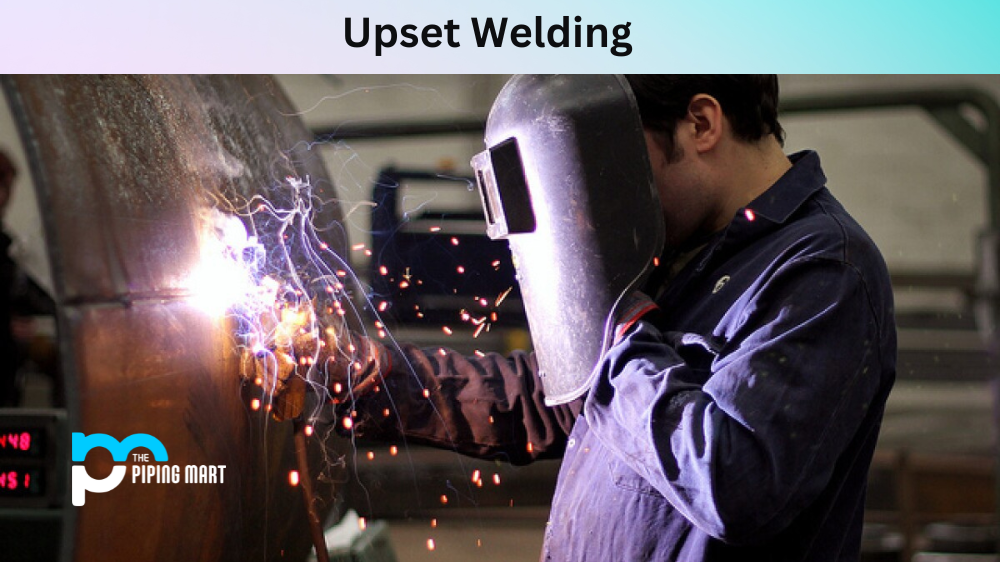Welding is an essential method of joining materials in various industries. When it comes to welding, different techniques can be used based on the material and specific application requirements. One of the most widely used techniques is argon welding, which involves using an inert gas – argon – to shield the welding process from contamination. This blog post will dive into argon welding and explore how it works.
Argon is a noble gas and does not chemically react with other elements. Its properties make it the ideal shielding gas for welding because it does not interfere with the weld pool’s chemistry. The main goal of using argon in welding is to displace the air that usually surrounds the weld, which has oxygen and other gases that can cause oxidation or other forms of contamination. Using argon protects the weld area from contamination, ensuring a clean, strong, and high-quality weld.
When Argon Welding, There are Two Main Types of Processes
Tungsten Inert Gas (TIG) welding and Metal Inert Gas (MIG) welding. The former is commonly used for welding materials such as aluminium, stainless steel, and copper, while the latter is used for welding mild steel, aluminium alloys, and stainless steel. In TIG welding, a non-consumable tungsten electrode creates an arc that melts the metal being welded, and a filler metal is added to create a strong bond. Meanwhile, MIG welding uses a consumable wire to create an arc, and the shielding gas is usually a combination of argon, carbon dioxide, or oxygen.
The amount of argon gas used in welding can vary depending on the welding method, the material being welded, and the thickness of the material. In TIG welding, it is essential to use a constant supply of argon gas to ensure that the weld pool is protected. The same applies to MIG welding, where the amount of gas used affects the quality of the weld.
Aside from providing a protective atmosphere during welding, argon gas is also used for purging materials. Purging cleans the internal structures of pipes, tanks, and other vessels before welding. The material is filled with argon gas, displacing the air and other contaminants. Maintaining a constant argon gas flow makes the atmosphere clean, allowing for a strong and high-quality weld once complete.
Conclusion
Argon welding is one of the most effective techniques today, thanks to its ability to ensure a clean and strong weld. By using an inert gas like argon as a shielding gas, the welding area is free from any contamination that may weaken or compromise the quality of the weld. Whether it is TIG or MIG welding, the amount of argon gas being used can significantly impact the overall quality of the welding process. Additionally, argon gas can be used for purging materials before welding, ensuring that the internal structures of pipes, tanks, and other vessels are free from contaminants. As the importance of quality welds continues to grow in various industries, understanding how argon welding works can ensure that any welding process produces the desired outcome.

A passionate metal industry expert and blogger. With over 5 years of experience in the field, Palak brings a wealth of knowledge and insight to her writing. Whether discussing the latest trends in the metal industry or sharing tips, she is dedicated to helping others succeed in the metal industry.




